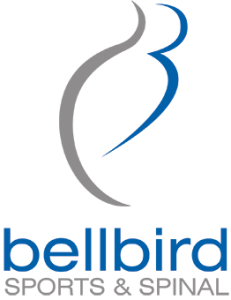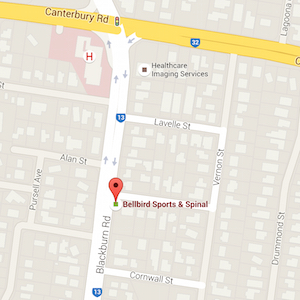Tendon Pain…
Had a niggling pain around the knee or Achilles during the season?
Been trying to increase your running distance but pulling up too sore?
Now is the best time to get your injuries rehabilitated!
Wherever you find a muscle attaching to a bone, you nearly always have a tendon at the attachment site. Tendons are the band of fibres that hold muscles onto bones.
Tendons can become painful from injury or misuse, and when they do it is often a challenge to get them right. Typically speaking, our bodies do an excellent job of healing – even if the process has painful stages. The rate of healing will vary depending on:
- structure or tendon type
- the extent of damage, and
- location
A key factor is that for tendon structure to change, it takes a lot of time. In the words of Dr Peter Larkins “The one thing we know about tendons is that they’re one of the slowest tissues to repair.” Fortunately, research has shown that the right treatment approach will show significant improvements within two weeks, and improvements typically peak at 12 weeks (Murphy et al., 2018). Do note that these time-frames are mostly looking at improvements of pain and function, you are still not expecting the tendon to be completely repaired by 12 weeks, but pain and function are usually our main concern.
How to know if it is tendon related?
The best tool we have to diagnose tendon pain is questioning and history taking. Our Physiotherapists (click the link to see our amazing physiotherapists) are well trained in the assessment and treatment of musculoskeletal conditions. And this includes tendons. Other tests such as MRI, Doppler Ultrasound, can be sought but are expensive and not always necessary for best patient outcomes.
Management of Tendon Pain…
Tendons have the best chance of recovering well with consistent, close practitioner management through the recovery stage. They are load sensitive structures, meaning that you have to find the right balance of activity to ensure the tendon is not over or under loaded. In the early stages, this often means reducing the load until the pain settles, but this is not complete rest. As the tendon improves, the amount of work it is doing should be gradually increased.
Melbourne based researcher and tendon Guru Jill Cook has provided a helpful list of 10 things you should avoid if you have tendon pain in the lower limbs. Have a read and if you have any questions about these items you should discuss them with one of our Physiotherapists (click the link to make an appointment).
Pain
There are several things a Bellbird Physiotherapist can do to help manage the pain. These include;
- Dry needling
- Soft tissue therapy
- Teach off-loading strategies
Function
Your practitioner will assist you with a staged rehabilitation program that will monitor and match your progress to ensure the most efficient return to normal function. It is not a one size fits all approach as people have different rates of recovery.
Take Home Message
Bellbird Physiotherapists are well trained to diagnosis tendon pain. The quicker you start recovery the quicker you will be better (don’t delay!). While the tendon damage takes a long time to repair, other portions of the tendon can be trained to take the load for the damaged area – there’s hope yet!
A physiotherapist can help manage the pain in the early stages and help you through a suitable rehabilitation program for long-term improvements.
Written by Christopher Snell
Thank you for reading our blog, please see our disclaimer here. For more information please contact our friendly receptionists on (03) 9878 8088.




